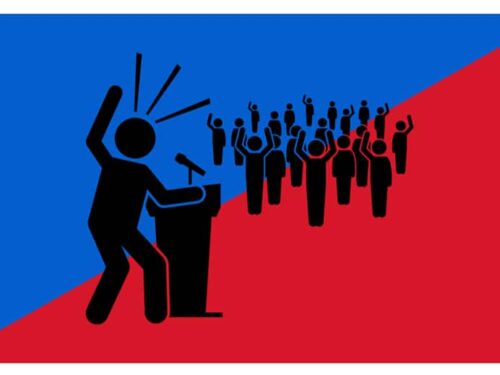
Introduction
This fundamental concept is one of the core principles of my work and integral to DTG’s approach to dealing with Diversity and Inclusion (D&I) issues in the workplace and marketplace. D&I issues or employee relation issues (among people who are different) typically involve two people or more. The perpetrator or the initiator of the behavior is one party and the target or the receiver of the behavior is the second party.
The D&I issue or incident (sometimes it is one “moment of truth”) is defined as a behavior, an action, or a series of behaviors (a pathology or trend) that one party (the target) feels or concludes based on the behavior(s) was wrong, inappropriate, disrespectful, discriminatory or even illegal.
First – We Don’t Know the Intentions of Others
We all mean well. I never question the intent of any person’s actions. We actually don’t know the intentions of the other person but we assume their intentions based on the behavior we see, how we react (our feelings) or the kind of relationship we have with the perpetrator. This is the first mistake. We should look at the behavior(s) in question and only the behavior(s). Looking just at the face value of the behavior is a good start.
I tend to focus on the actual behavior and how that behavior might affect or influence other people. In other words, I focus on the impact said behavior(s) has on other people. The consequences of any action, how the behavior might be received or perceived or experienced is what I tend to scrutinize.
Second – “I didn’t Mean It”
I find too many people will get defensive when the target confronts the perpetrator about the behavior(s). The perpetrator typically responds with, “I didn’t mean it the way you took it.” Often, in my travels, people don’t want to be held accountable for their actions. Unfortunately, this does not take the “sting” out of the behavior(s). What matters is what you said, not what you meant to say.
What Is Appropriate
Don’t take it personally – apologize for your comment. Don’t try to avoid your responsibility – step up to the plate. Don’t focus on your intentions – no one knows your intentions. Try to put yourself in the target’s shoes and understand their feelings. Put your feelings aside. This is not about you – the perpetrator – this is about the target (especially when they come forward). Try to empathize with the target. Apologize and ask the target to always come and share with you their feelings whenever they feel wronged. You want to be perceived as humble, approachable and “bigger” than any one incident. What you don’t want to do is seem defensive, stubborn, or rigid. Reach out! This is a wake up call that you need to improve this relationship. Misunderstandings are more likely to arise among strangers or people who have strained or weak relationships.
Don’t Be So Sensitive!
This is my favorite blunder. Telling the other person how to feel. “Oh, don’t blow this out of proportion” or “You are making a mountain out of mole hill.” “I think you are just being overly sensitive.” Ouch! Rememer, you can’t tell other people how to feel. I have seen this dynamic very present in failing relationships at work and at home.
Most Common Mistakes
People might have the right intention but these “nevers” as I like to say – never say these things. “You people!” “What do your people think? “You are so articulate for a (blank); I don’t see you as a (blank).” “Men/women, you can’t…. I don’t see color. All Lives Matter when someone says Black Lives Matter.” Say “Yes” and listen and instead of what this person hears is “No” and “I don’t agree with you!” Stay away from these behaviors.
Never see people as members of a group but rather focus on the person, the individual. If you do go here, apologize immediately and reach out and ask for help and coaching from the other person.
by Mauricio Velasquez, MBA | President and CEO of the Diversity Training Group based in Herndon, VA. He can be reached at 703-478-9191 or mauriciov@diversitydtg.com.
DTG is in our 26th year operation.
Mauricio’s new book – “Tackling Toxicity” comes out later this year. Find an e-book and accompanying workbook on improving your DEI efforts right on their website.




